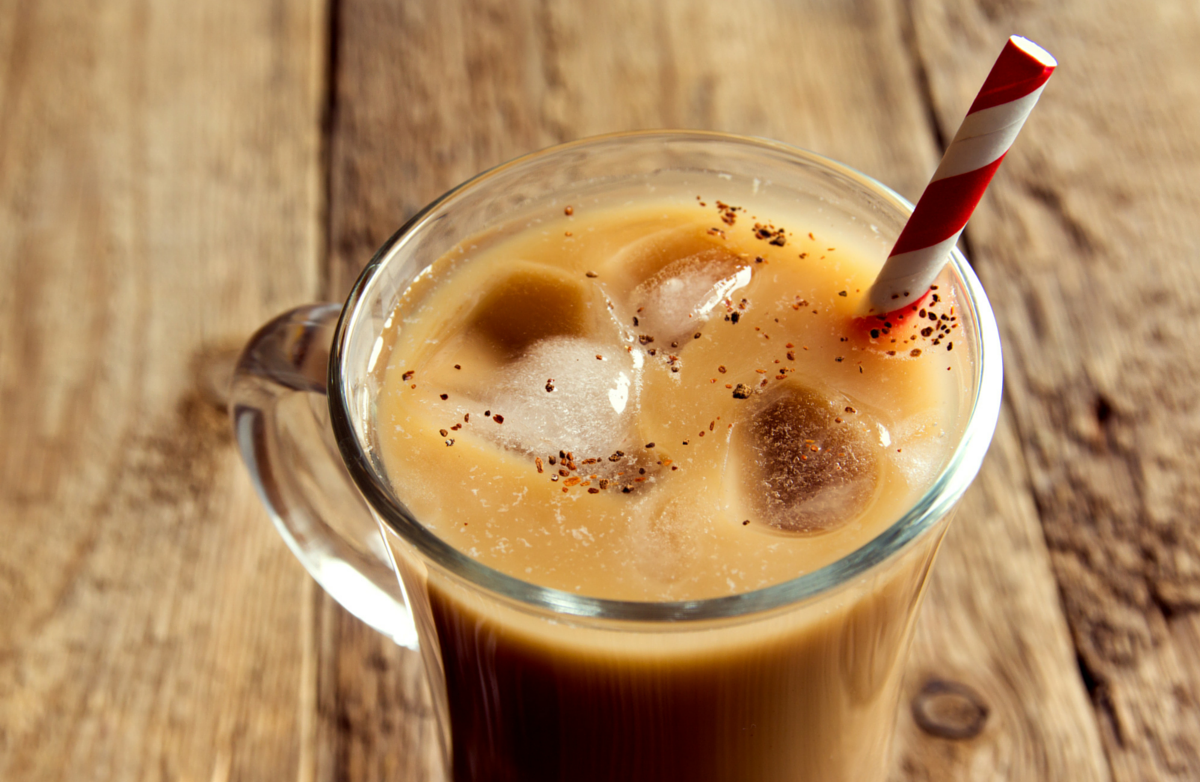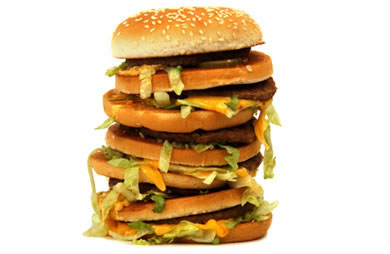|
I remember my mother buying something called rock salt when I was young. My brothers and I were always excited to see the large bag because that meant we were going to crank up (and I mean crank!) the homemade ice cream maker for Labor Day or another summer picnic. Rock salt is great for ice cream or decorating foods but because of its larger size, not so great for actual cooking. Some recipes call for kosher, seasoned, or sea salt. The biggest difference between these different types of salt is usually taste and texture. For instance, kosher salts are known to have a more course grain and to give a cleaner taste to foods. Seasoned salt on the other hand is flavored with herbs and other ingredients and therefore contains less sodium than other types of salt. But sea salt seems to be everywhere lately, from canned soups to hair products. So what's so great about it? Should you be using sea salt instead of "regular" salt? Sea salt can be fine or coarse. It has a slightly different taste than table salt since it contains other minerals besides just sodium. It's unrefined and a natural source of at least 21 essential minerals, including magnesium, potassium, calcium, sodium, sulfur, iron, copper and more. In contrast, regular table salt (iodized salt) is refined to remove other nutrients so it's made of 97.5% sodium chloride, but it's fortified with iodine. So if sea salt is more natural and contains more minerals that are useful to the body, why do we use iodized salt instead? Well, iodine is the culprit and the reason that iodized table salt is recommended and used so frequently. Here's why. A key mineral that supports thyroid function, a deficiency of iodine can cause goiters (abnormally large thyroid gland). In the early 1900's, iodine was lacking in people's diets and goiters were on the rise. Iodine is found in seafood and foods grown near coastal areas. Not surprisingly, goiter problems were rare in coastal areas but prevalent in the Great Lakes and Northwestern regions of the US. In 1920 the medical community discovered that adding iodine to people's diets could prevent and reduce goiters. So, from that realization, iodized salt was born. Adults need 150 micrograms of iodine daily, and one-half teaspoon of iodized salt provides almost enough iodine to reach daily needs. Since many processed foods contain additional salt, most people have no trouble getting enough. Sea salt contains a minute amount of iodine, so it is not a safe alternative for people whose diets are otherwise low or deficient in iodine. It would be especially unsafe for women who are pregnant or planning to become pregnant—they need even more (175 mcg) iodine. But if iodine isn't an issue for you, sea salt can provide a different taste to foods and it contains less sodium than iodized table salt. However, table or iodized salt still has a place in our diets, especially for those that are pregnant or not fond of seafood. No matter which you choose, all varieties of salt have two things in common: 1) They contain some amount of sodium and 2) they enhance the flavors of food. Using sea salt now and then for seasoning can provide a different flavor to your foods and may be worth giving a try. You might even enjoy trying the sea salt hairdo as well. Weigh in on sea salt below. Have you used it in your cooking? Do you think it enhances flavor differently from other seasoning options? |
Popular EntriesMore From SparkPeople
|















